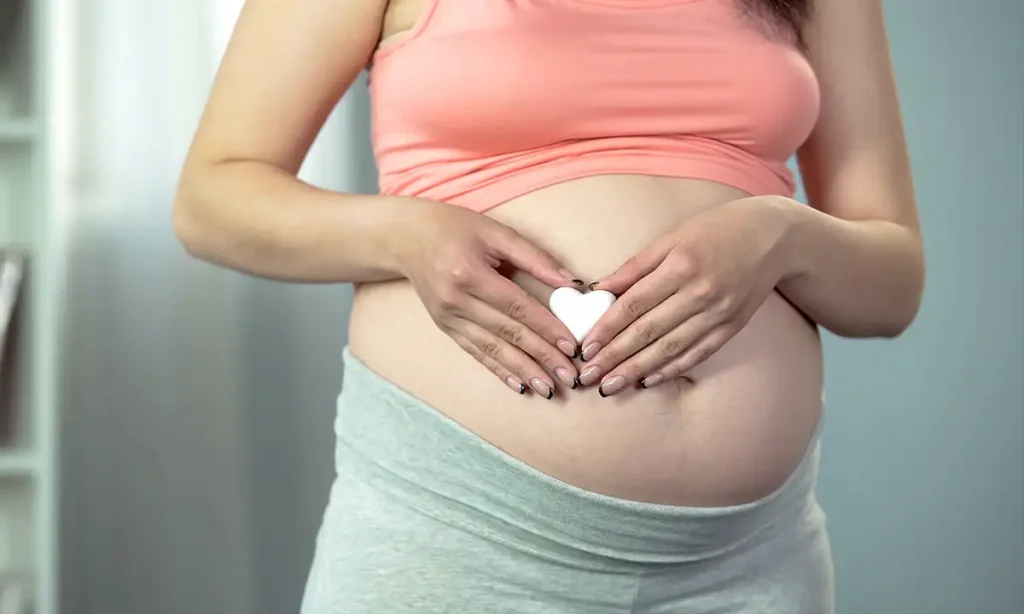Breakthrough in IVF Findings in Australia

Australian researchers have unveiled a significant breakthrough in the field of in vitro fertilization (IVF), identifying a seasonal factor that could enhance the success of IVF treatments. This revelation comes as a result of a comprehensive study undertaken by a team of experts from various Australian research institutions. The study suggests that the timing of egg harvesting plays a pivotal role in determining the likelihood of a successful live birth through IVF.
The study, spearheaded by lead researcher Dr. Sebastian Leathersich, involved the meticulous analysis of a substantial dataset spanning from 2013 to 2021. In total, 3657 frozen embryo transfers were scrutinized, focusing on their outcomes in relation to the time of year when eggs were harvested. The results, which were recently published in the esteemed medical journal Human Reproduction, assert that embryos harvested during the summer months exhibited a remarkable 30 percent increase in the chances of leading to a successful live birth when compared to those harvested during the autumn.
The implications of these findings are profound. Dr. Leathersich elaborated that the average live birth rate following frozen embryo transfer in Australia, over the course of the study, had been 27 births per 100 individuals. However, with the novel insight gained from their research, this rate improved to 28 births per 100 individuals. The disparity becomes even more pronounced when comparing egg collection during autumn (26 births per 100 individuals) and summer (31 births per 100 individuals). This substantiates the argument that the timing of egg harvesting can significantly influence IVF success.
Furthermore, the study delved into the role of environmental factors, particularly sunshine duration, in shaping IVF outcomes. Dr. Leathersich and his team discovered a 28 percent increase in the likelihood of a live birth when eggs were harvested on sunnier days compared to those with less sunshine. The connection between sunshine and IVF success was maintained even after accounting for seasonal variations and the conditions on the day of embryo transfer.
It is important to note that this study focused specifically on frozen embryo transfers, which offer a unique opportunity to isolate the impact of external factors, such as environmental conditions, on IVF success. The study’s retrospective nature underscores the need for further research to confirm and expand upon these findings. Dr. Leathersich emphasized the necessity of replicating the study across different sites with varying conditions and treatment protocols to establish the robustness of the results.
The findings also shed light on the broader issue of access to reproductive services in rural and regional areas of Australia. Another separate study conducted by Deakin University revealed that limited access to such services has led to aspiring parents undertaking arduous journeys to reach facilities in major cities. Christopher Mayes, the lead researcher of the study, highlighted the significant challenges faced by individuals who are compelled to make long trips for basic tests and procedures. The results underscore the necessity of reevaluating the distribution of fertility care services to ensure equitable access for all Australians.
In conclusion, the recent breakthrough in IVF research offers renewed hope to couples undergoing fertility treatments. The discovery of a correlation between the timing of egg harvesting and the success of live births represents a major step forward in the field. The study’s insights into environmental factors and access issues further contribute to the ongoing dialogue surrounding reproductive healthcare in Australia. As researchers continue to delve into the intricacies of IVF success, the potential to transform countless lives becomes increasingly tangible.







Have your say